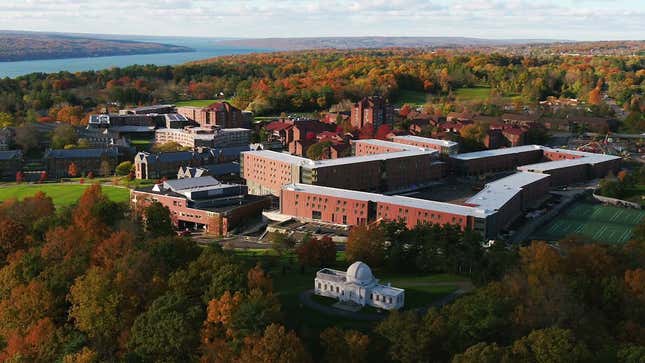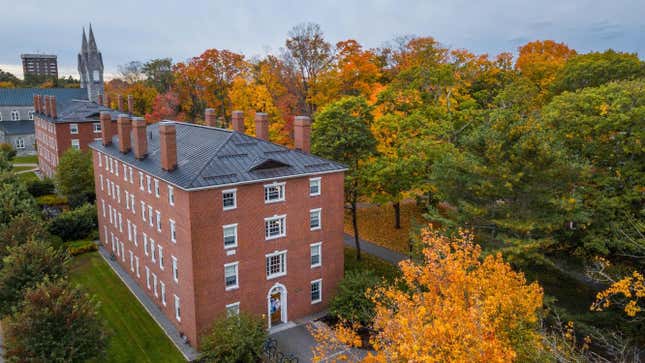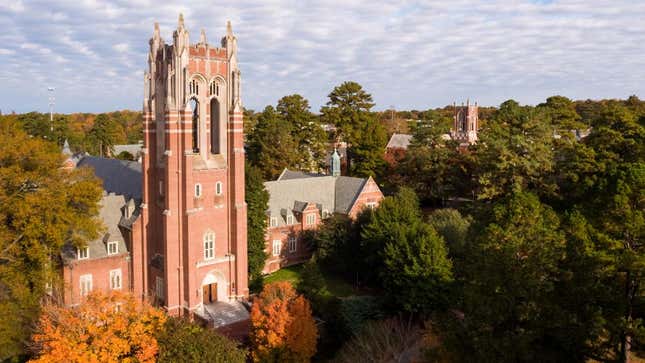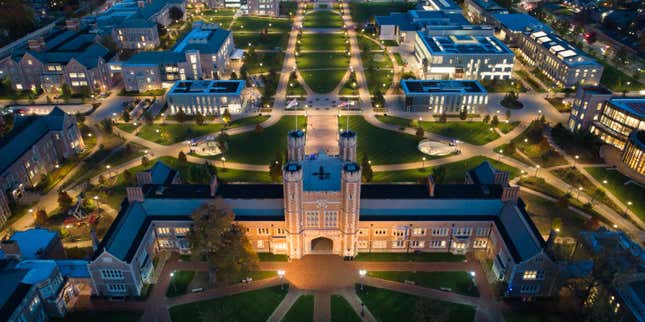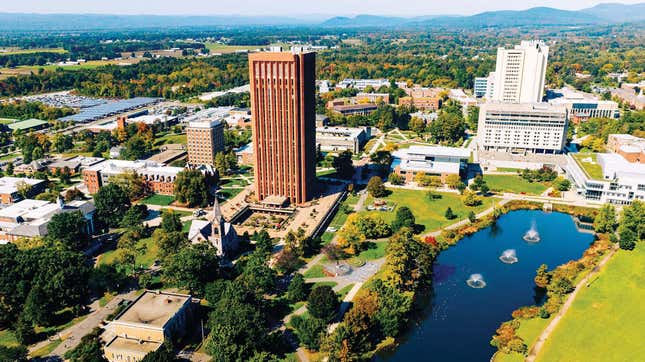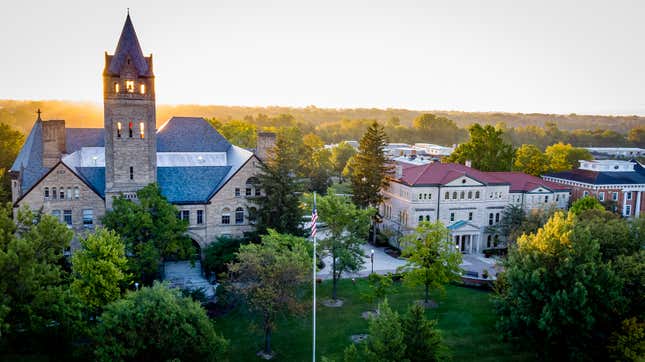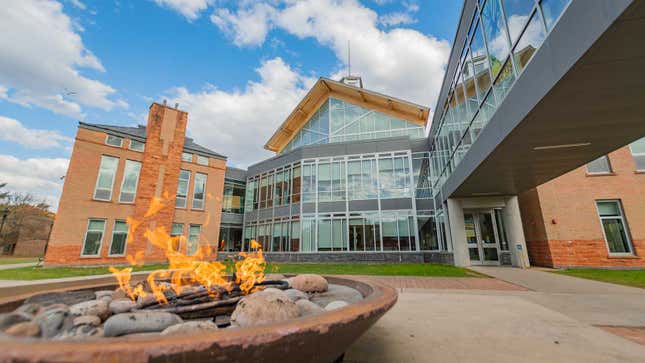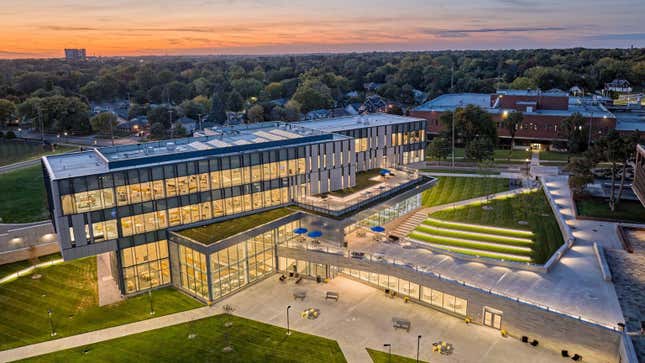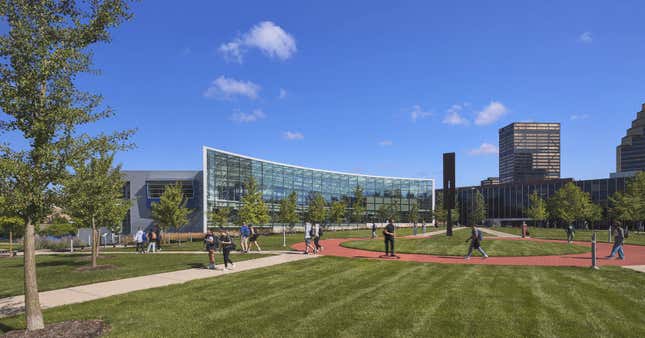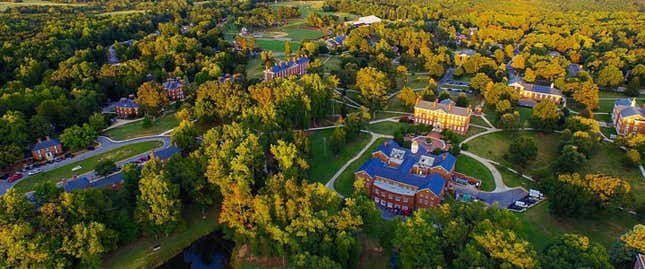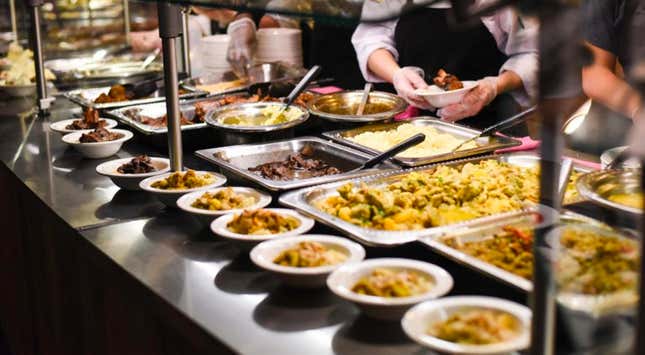
Is there any location on a university campus that can evoke the same degree of mixed emotions than a college dining hall can?
Depending on the school — and the student — in question, a dining hall is either a place where undergrads are exposed to exciting new cuisines for the first time ever, or is a dreaded building serving up puddles of grease and badly cooked meat.
When Inside Higher Ed and College Pulse surveyed more than 1,000 students at two and four-year universities about their desires for on-campus dining, 41% wanted a greater variety and quality of food, 38% cited a desire for fewer ultra-processed meals served, and 33% asked for a greater variety of cuisines.
When the same survey asked students about the accessibility of meals on campus, 51% of students at public universities cited affordability as an issue, compared to 39% of students at private schools. Nearly a quarter of Jewish and Muslim students cited a desire for more detailed food labels, to ensure the meals adhered to dietary restrictions, compared to nine percent of students overall.
Each year, the Princeton Review assesses the quality of on-campus dining based on students’ responses to the question, “how do you rate the food on campus?”
At the University of Massachusetts Amherst, which has long topped the Princeton Review’s list of the best dining hall food in the country, prioritizing the quality of on-campus meals is part of the college’s commitment to ensuring a positive experience for the student body.
The UMass dining team is “committed to delivering an outstanding dining experience for our students every day,” Ken Toong, assistant vice chancellor of UMass Auxiliary Enterprises, said in a statement. “We believe that good food is essential to the well-being of our community, and we will continue to push the boundaries of what campus dining can be.”
Continue reading to learn more about the five universities with the best food – and the five with the worst, according to the Princeton Review.
